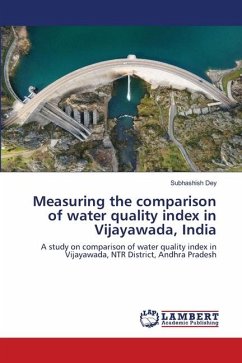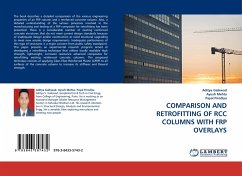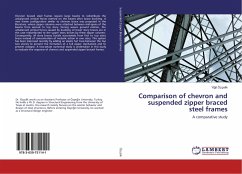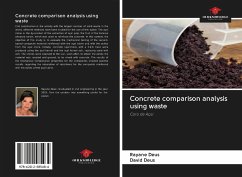
Comparison of dynamics of railway vehicles movement
on transition curves
Versandkostenfrei!
Versandfertig in 6-10 Tagen
34,99 €
inkl. MwSt.

PAYBACK Punkte
17 °P sammeln!
Transition curves are an integral part of a route. Due to the forced path, the size and stiffness of the rail vehicle, their correct design is particularly important when constructing rail roads.Basing on the limits of lateral acceleration increment, non-equilibrium centripetal acceleration and wheel lift velocity, set in accordance with the model of motion of a material point moving along a trajectory determined by the track axis, the initial parameters of the considered transition curves were selected: radius of the curve, design speed of the train, length of the transition curve and track c...
Transition curves are an integral part of a route. Due to the forced path, the size and stiffness of the rail vehicle, their correct design is particularly important when constructing rail roads.Basing on the limits of lateral acceleration increment, non-equilibrium centripetal acceleration and wheel lift velocity, set in accordance with the model of motion of a material point moving along a trajectory determined by the track axis, the initial parameters of the considered transition curves were selected: radius of the curve, design speed of the train, length of the transition curve and track cant. The scope of research covered basic dynamic parameters: curvature and its increment, speed and acceleration of wheel lift, track twist and lateral acceleration increment.As a result of conducted analysis it can be stated that polynomial curves deserve special attention in the design of railway routes. By appropriately modifying their equation, it is possible to change easily positions of extremes of particular dynamic parameters and thus to adjust their values to terrain conditions, direction of movement and type of rail vehicle.












